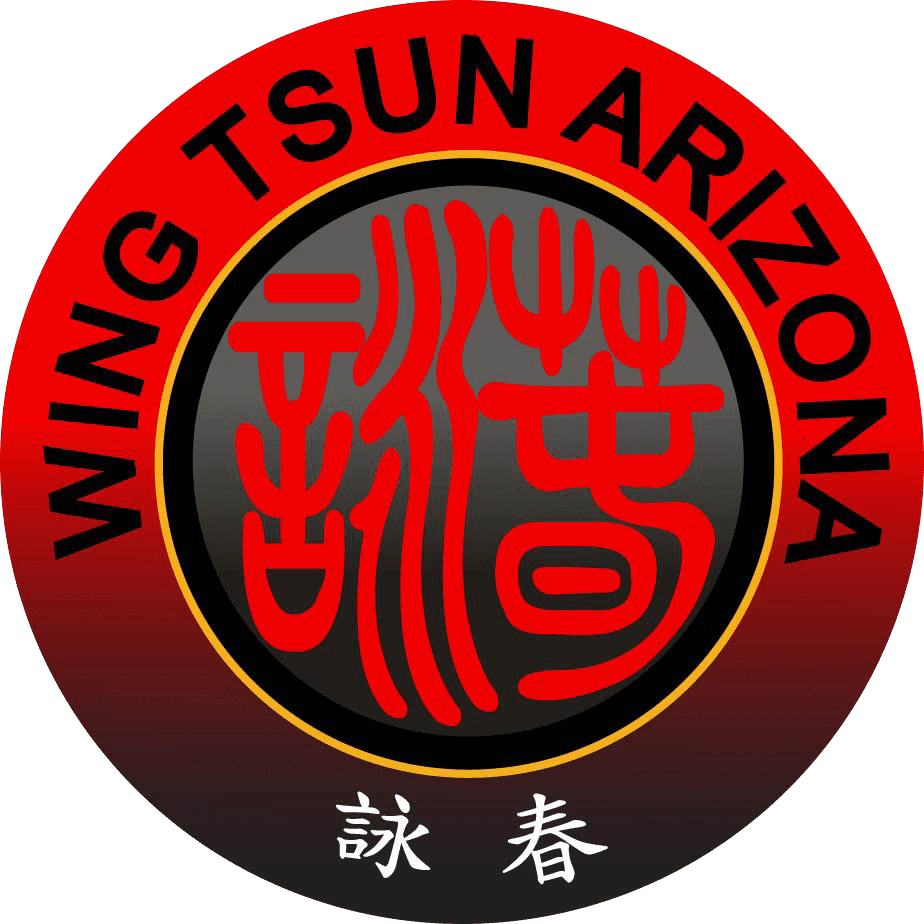Different Wing Chun Versions

There are many different lineages of Wing Chun, Ving Tsun today including Wing Tsun. The instructors of these ‘schools’ have decided to spell their teachings differently from one another. For many years, the western world assumed that all Wing Chun came from the late Grandmaster Yip Man. Yip Man lineages are the most numerous and generally successful in attracting new students. The late Grandmaster was drawn into teaching publicly by enthusiastic students in the Hong Kong of the 1950s. He also became known for teaching kung-fu superstar Bruce Lee.
The idea that there was only one Wing Chun lineage actually began to change over 30 years ago when Wing Tsun Grandmaster Leung Ting began researching the “Roots and Branches of Wing Tsun” and wrote an in-depth book on the subject, published in 2000.
After the first movie on the late Grandmaster Yip Man, “Ip Man,” was released in 2008, much greater attention was drawn to this unique style of Chinese martial arts. Now we can see the many different versions of Wing Chun, Wing Tsun and Ving Tsun promoted or written about on the internet.
The history of this martial art is cloudy, obscured by lack of written records and a condition of generally obscurity in olden times. We do not actually know the reasons many versions came about. However, we can surmise that since Wing Tsun is an art of concepts over techniques, interpretations on how these techniques are used changes with each person teaching it. The one constant is that Wing Tsun, Wing Chun or Ving Tsun is an art primarily concerned with self-defense. It happens to have many of the elements of the arts from which it came, often lumped together as “Shaolin Kung-Fu.” Ideas such as physical training of the joints, structure, posture, breath control, exertion of power, fluid and soft rather than rigid power are often taught as part of the student programs.
Even in the Yip Man lineages, we see different ways of teaching and specific differences in drills, details in the forms, emphasize on self-defense or combat and other factors. From reading the books such as Roots and Branches of Wing Tsun ( https://wle.com/collections/books/products/roots-and-branches-of-wing-tsun) and other papers, articles, and books, we can see that late Grandmaster Yip Man did not like answering a lot of questions for his students or explaining in plain language what the Wing Chun ideas are. Yip Man was a scholarly man of high intellect and had a general, philosophic view, more often than not.
From the book Roots and Branches of Wing Tsun, we can see that Yip Man’s students in mainland China learned different techniques than his students later in his career in Hong Kong. It gives clues as to why different branches teach differently. The book is over 400 pages and fully illustrated. It is indeed an eye-opening and fascinating history.
Leung Ting WingTsun® has a specific teaching program that allows all the students in his organization and branches to learn the same material. His goal is that nobody can claim “secret techniques” that only they were taught.
-Sifu Keith Sonnenberg
Get in Touch!
I’d love to hear from you! Feel free to get in touch with any questions, comments, or inquiries you may have.
